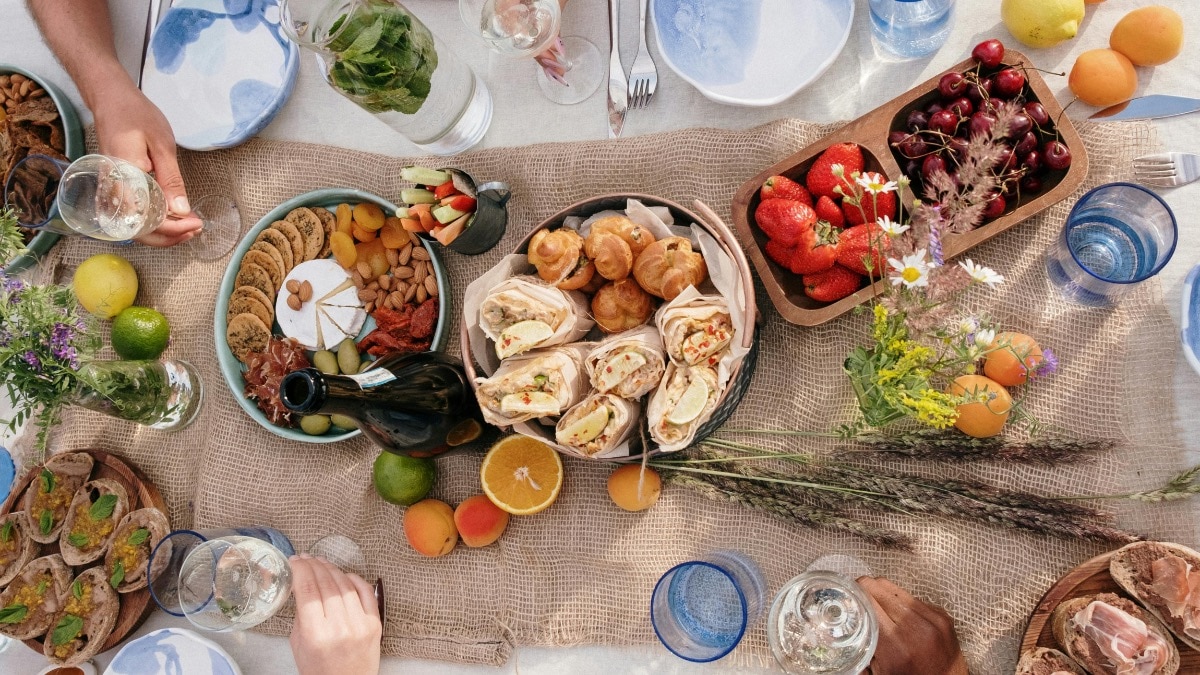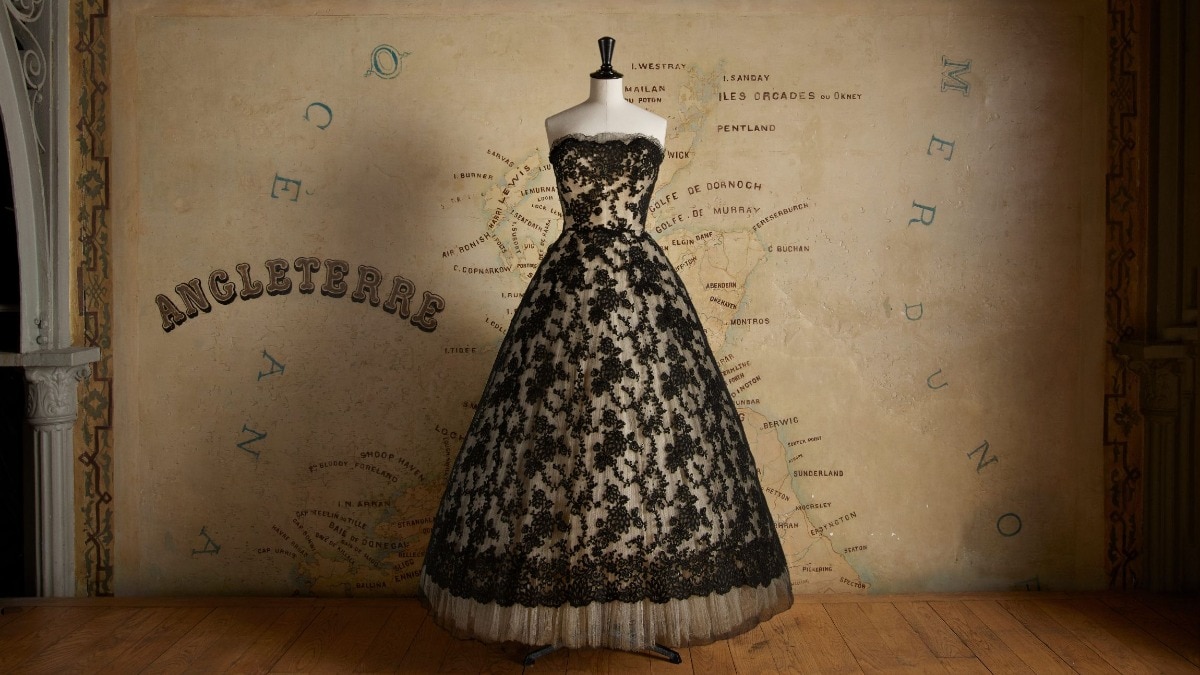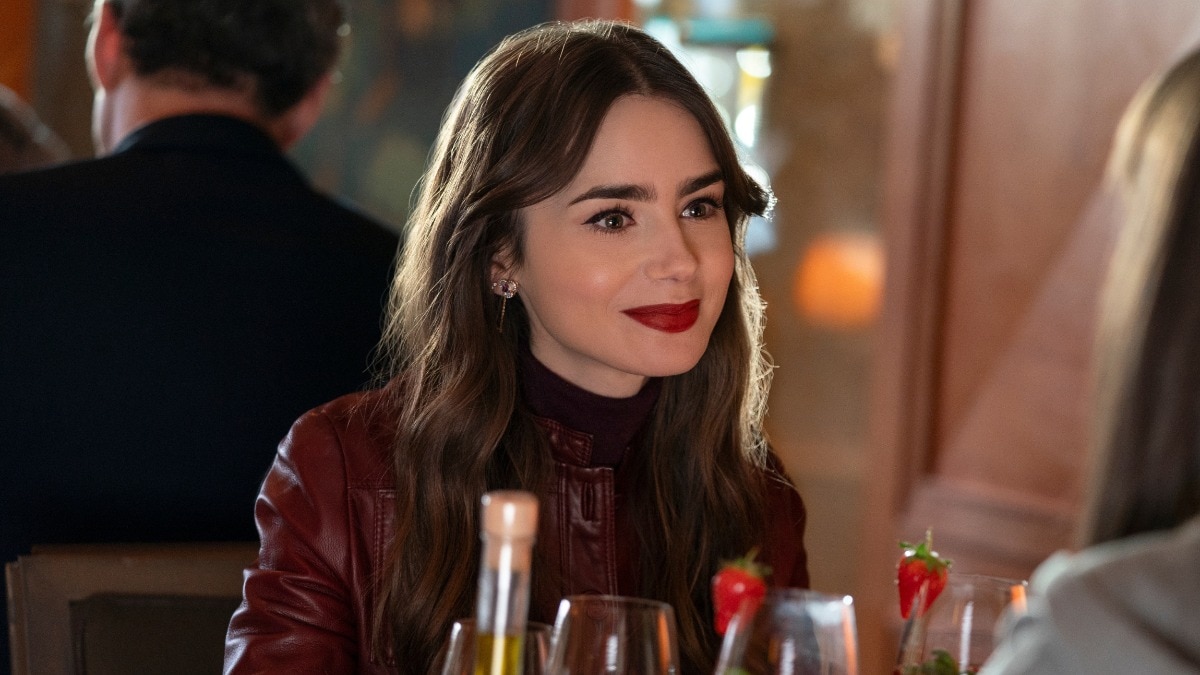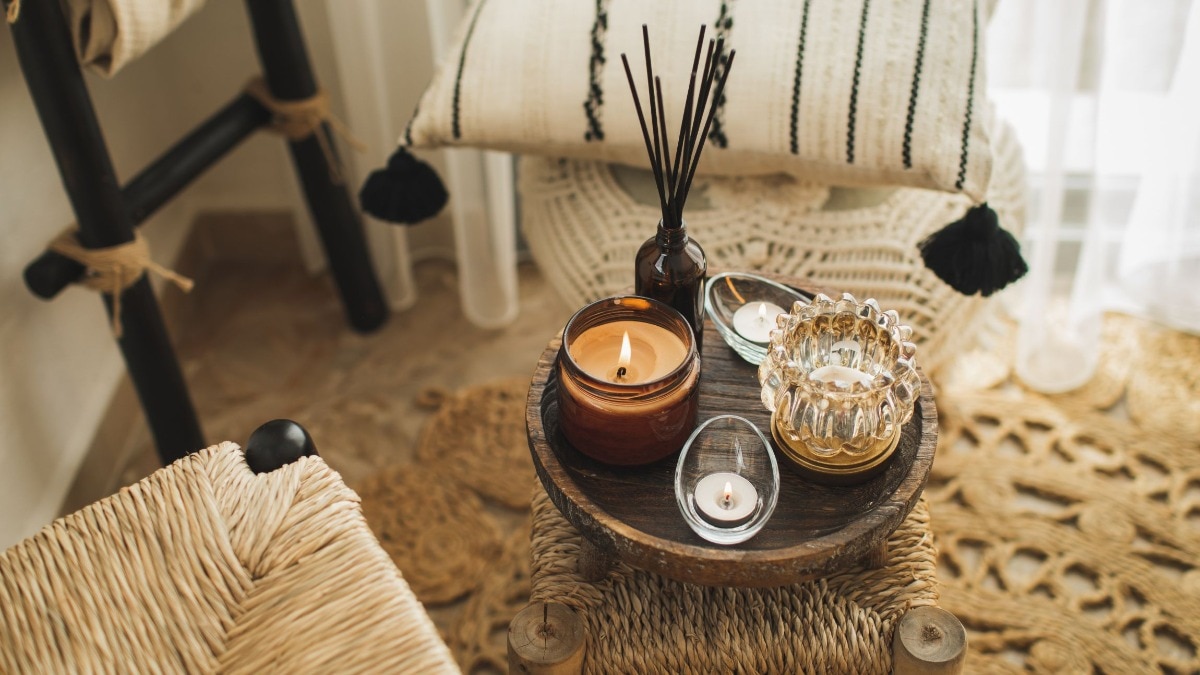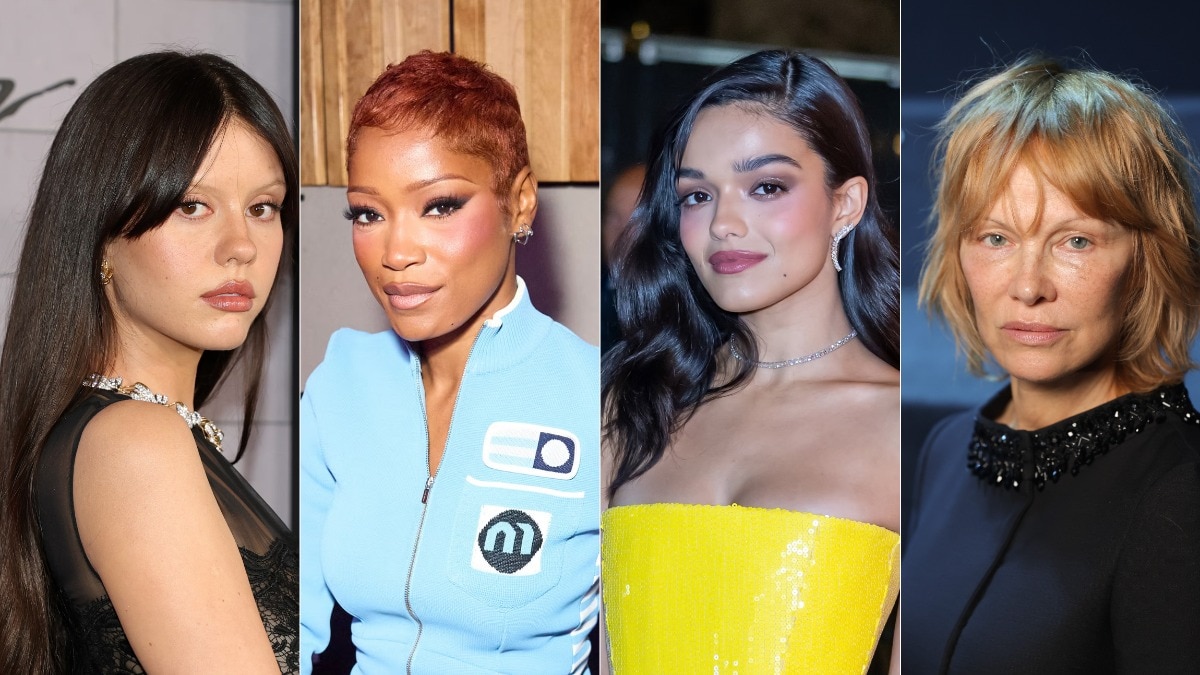Reliving an idyliic experience in the fantasy island of Mauritius
With its lush greenery and heavenly beaches, the country is a dream destination for newlyweds.


It was the bougainvillea that first captured our attention as we made our way up the east coast of Mauritius from the airport—bursts of hot-pink amid the mangroves that stretch along the water, with barely a human in sight. As the beach gave way to villages, we began to see signs of life: a smattering of repair shops, stalls along the pavement selling street food—vegetable fritters, stir-fried noodles, dholl puri (stuffed spiced pancakes made from split peas)—and a patchwork of Hindu temples, churches and mosques. The amiable co-existence of these different religious buildings embodies the island’s cultural diversity: successively ruled by the Dutch, French and British between the 16th and 20th centuries, Mauritius gained its independence in 1968 and is now home to a multi-ethnic population that includes people of South Asian, African, European, and Chinese descent.
My husband and I had chosen the quietest part of the island for the first stop on our honeymoon tour, correctly anticipating that we would need to rest post-wedding (at least as far as that was an option in the lively company of our toddler, Cassie, who was still volubly basking in the glory of her recent flower-girl duties). The Four Seasons Resort at Anahita is set amid 64-acre grounds on a picturesque coastal promontory, deep in the ‘Wild South’, with its mountains and sugar-cane fields. On arrival, we were shown to our villa, where we took a few moments to relax on a sun lounger in the garden, dipping our feet into the private pool and listening to the warbling of red-whiskered bulbuls. Later, we strolled over to the main pool for a more energetic swim, stopping to sample the fresh pineapple and Indian sweets that staff brought round in wicker baskets.
The resort is set at the edge of a lagoon, so seawater swims are particularly pleasant; we visited in September, ahead of Mauritius’ high season, but the Indian Ocean was still a comfortable temperature. On one day, we took advantage of the complimentary boat service to venture over to the hotel’s private beach on the Ile aux Cerfs, which has been left mostly untouched, save for a shack that doubles as a bar and kitchen; we shared a platter of gateaux piments—lentil-filled fried balls with fiery green chilli and fresh coriander—and a salad of smoked octopus.
Our second sojourn took us to the northern region, where most of the country’s larger settlements are found, including the capital, Port Louis. The village of Grand Baie—a pretty marina lined with cafés and swimwear boutiques—feels reminiscent of the French Riviera, and our hotel, Lux Grand Baie, echoes that mood: there are candy-striped sun loungers around the pool and a swim-up bar serving ice-cream and cocktails, as well as a superb pâtisserie offering chocolate truffles and éclairs. For those wanting the full Saint-Tropez experience, there’s a rooftop bar with cabanas for poolside drinking, a professional kitchen where couples can enjoy a tasting menu in the company of the chef and sommelier, and a basement club with a DJ in residence.
It wasn’t easy to tear ourselves away from all that glamour, not to mention the spa, with its seven treatment rooms, Turkish hammam, heated pool, and tropical water gardens, but we were keen to explore some of the sights. We made the short journey to Pamplemousses—technically known as the Sir Seewoosagur Ramgoolam Botanical Garden, after Mauritius’ first prime minister and ‘founding father’, who was cremated there following his death in 1985. We wandered among baobab-trees and by the waterlily pond, while Cassie squealed with delight at the giant tortoises trundling about.
More natural wonders awaited us on the final stage of our trip, which took us southwest to some of Mauritius’ most dramatic landscapes. Standing on the JW Marriott’s 800-metre-long private beach on our first afternoon in Le Morne Brabant, buffeted by the winds that make this peninsula such a popular kitesurfing spot, we had the shadow of a basalt mountain range behind us and nothing but ocean and clear skies ahead; later, after watching the sun set over the water, we saw Saturn through the hotel’s telescope. The next day, we took a taxi to the nature park at Chamarel, whose name,‘Seven Coloured Earth’, refers to its most impressive geological feature: sand dunes whose kaleidoscopic patterns and palette are a result of volcanic activity over millions of years. Its surreal beauty is matched only by the majesty of the Chamarel waterfall, one of the highest on the island.
No trip to Mauritius is complete without a taste of its agricole rum—distinct from other styles because it is made from freshly squeezed sugar-cane juice rather than molasses. At the Rhumerie de Chamarel we witnessed the labour-intensive process of crushing, fermenting, and distilling both red and yellow varieties of the local cane. Back in the hotel, the barman obligingly made us a rum-based concoction with ginger ale, fresh strawberries and lemongrass that we sipped to toast our final evening, while Cassie enjoyed her first—perhaps no less addictive—taste of watermelon juice.
Mauritius had been the tropical honeymoon paradise we had always imagined, but it felt like so much more than that. The memories that will linger are not only those of white sands and turquoise waters, but also the taste of coconut sambal at breakfast, the sound of traditional Creole songs played on the beach, and the sense of a vibrant, growing community going about their lives in a place we could only dream of calling home.
Four Seasons Resort Mauritius at Anahita (www.fourseasons.com), from £425 a night for a villa. Lux Grand Baie Mauritius (www.luxresorts.com), from £400 a double room a night. JW Marriott Mauritius Resort (www.marriott.com/mrujw), from £650 a double room a night.
This article first appeared in Harper's Bazaar in May 2023.


